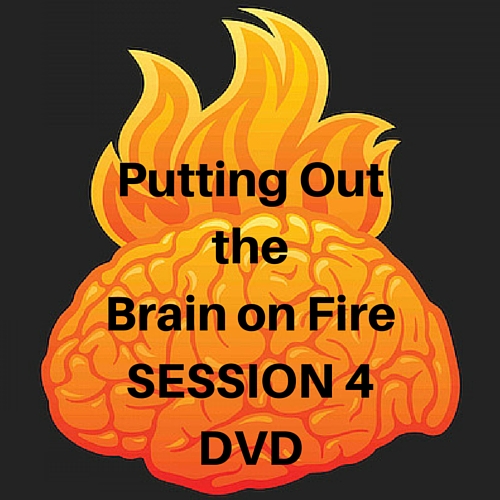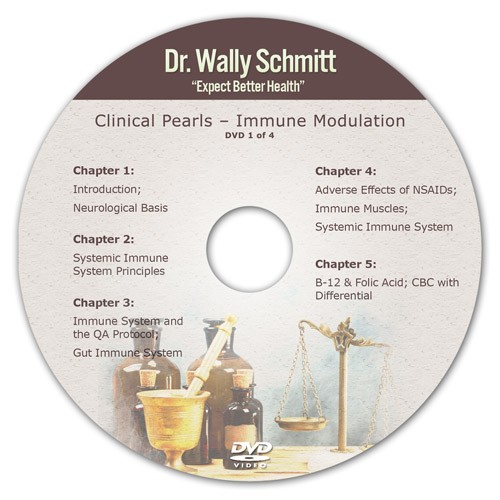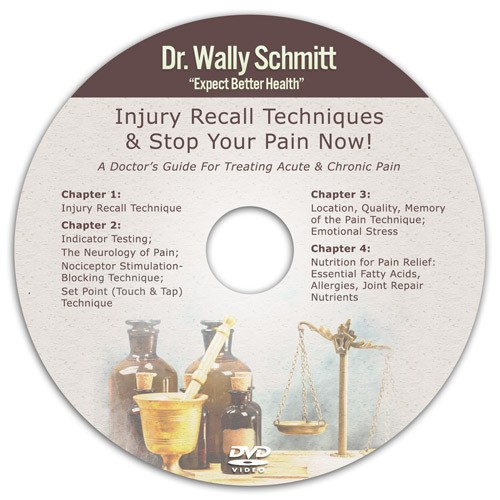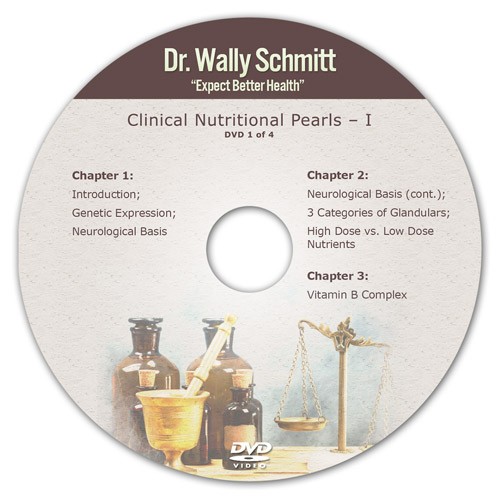Description
In the “Putting Out The Brain On Fire” this seminar series Dr. Schmitt integrates structural, chemical, and mental procedures to optimize brain and brainstem functions, and put out the “Brain on Fire.”
This seminar series launches with two sessions to achieve an understanding of how to approach the immune system and inflammation through AK testing. These tools are necessary for applying the clinical principles of brain evaluation and treatment, covered in Sessions 3 & 4.
You will be amazed with the changes that can be made using your hands, nutritional tools, and your own brains.
- For rapid implementation into your practice:
- Ordered Procedures
- Summary Notes included
- Neurological evaluation synthesized with AK procedures
Some of the Common Neurological Symptoms & Conditions That Respond to the
Topics in this Seminar Series
• Memory Problems
• Anxiety
• Depression
• Bipolar Disorder
• Pain & Recurrent Pain
• Mental fatigue / Brain fag
• Sleep Issues
• Learning Issues
• Named & Unnamed Autoimmune Disorders
• Multiple Sclerosis
• Parkinson’s Disease
• Recurrent structural faults
SESSION 4 TOPIC:
TREATING THE BRAIN ON FIRE – 2:
Balancing the Brain with Hands-On Neurological Corrections
Structural and visceral imbalances negatively impact the brain and interfere with normal function. Using information from Sessions 1, 2, & 3, you will learn organized neurological challenges to identify the specific needs of each patient including “centering the spine” issues. During this session you will develop the skills necessary to correlate structural, chemical, and mental assessments and therapies toward achieving optimal neurological function for your patients.
Course Outline:
Review – Neurotransmitter & Cytokine Imbalances
Cerebral Cortex Descending Pathways Activity
Motor
Autonomic
“Figure of 8” Patterns
Finger-to-Finger Testing for Cerebellar Assessment
Correlating “Brain On Fire” Challenges
Structural, Chemical Mental
“Brain On Fire” Procedures Review
Effects of Deafferentation & Modulation of Genetic Expression
Transneural Degeneration
Synchronizing the Body’s Compartments
TMJ, eye movements, head/neck, pelvis, spine
Neurological Stimulation for cortical function
Autonomic
Mechanical – spinal subluxations, fixations
Mechanical / neurological (“set point technique”)
Spinal Lateral Flexion Patterns
Eye Movements in Response to Injuries
Semicircular Canals
Head Movements and SCCs
SCC Assessment
Procedure for Challenging Semicircular Canal Function
TMJ and Immune System (thymus, spleen)








